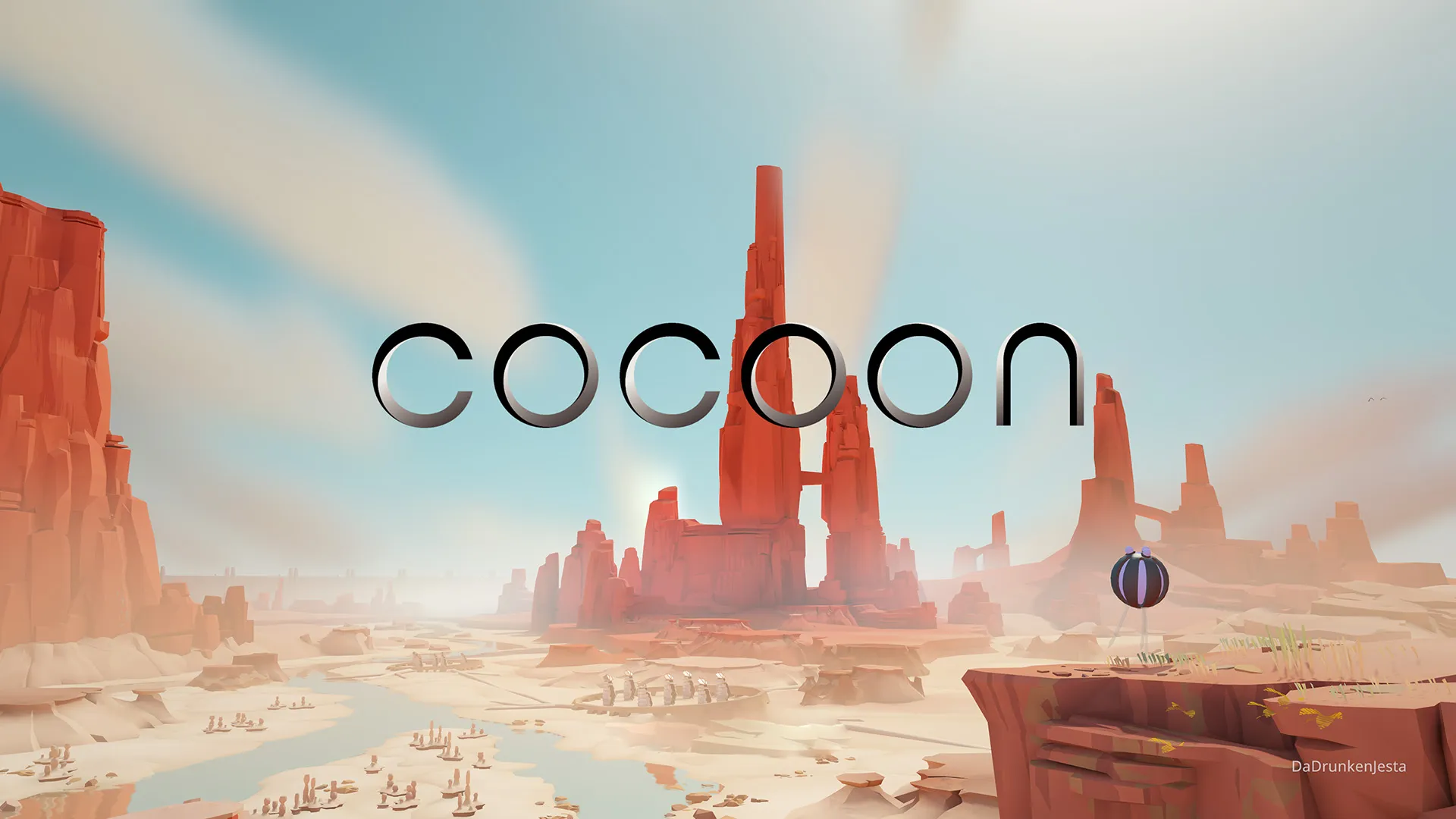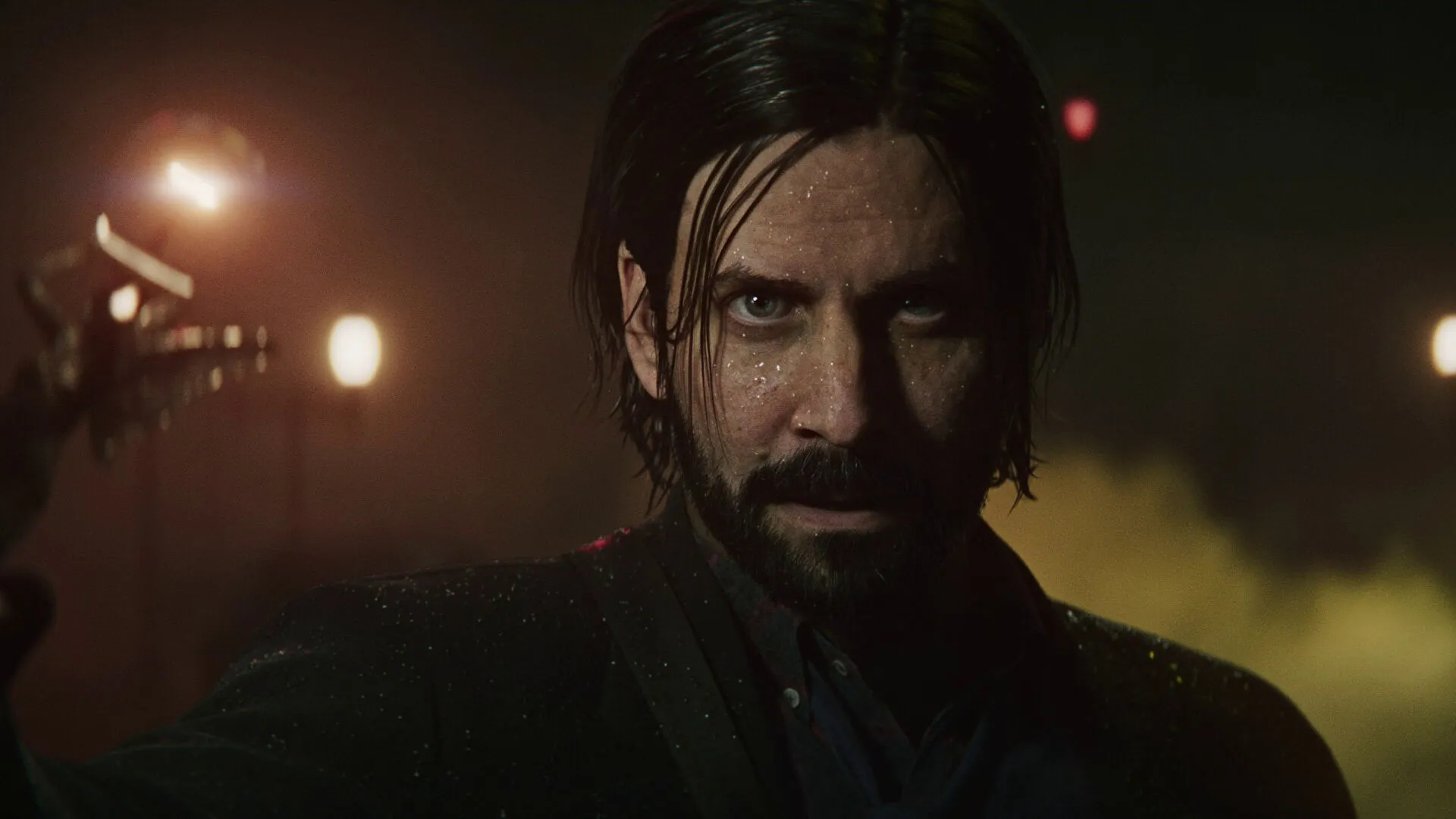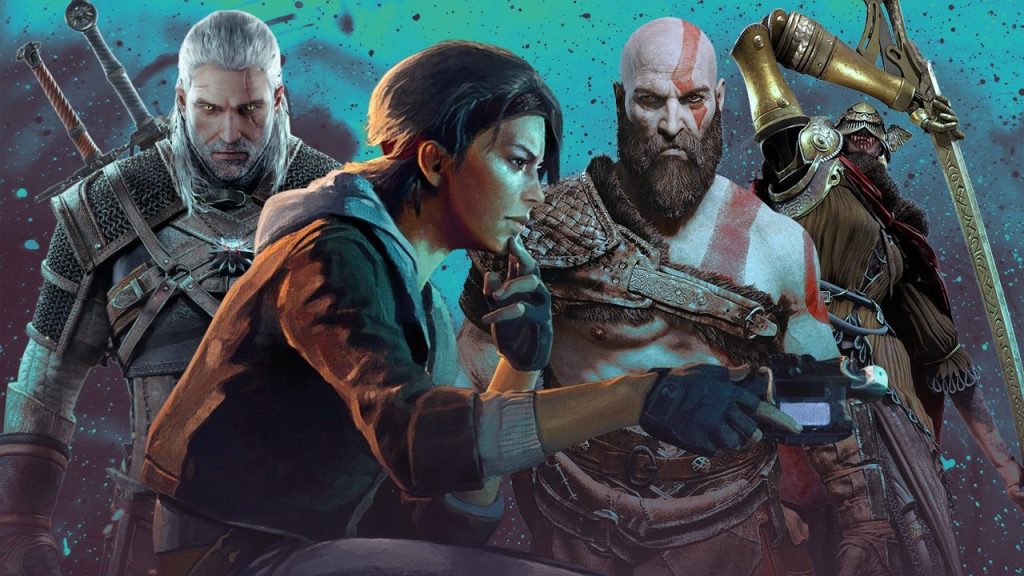
2023 is sure to go down in gaming history as one of the best, and it’s been difficult to keep up at times. Baldur’s Gate 3 reintroduced the 20-year-old PC brand with a bang, while smaller releases like Slay the Princess served as a reminder of how crucial PCs are for independent games.
We’re not going to focus on PC exclusives because the great majority of games are now cross-platform. Instead, the goal is to present a wonderful collection of titles that showcase the best of PC gaming in 2023. So, in addition to games like Slay the Princess, which are only available on computer platforms, there are titles that work especially well with a mouse and keyboard (Baldur’s Gate 3) or that offer interesting PC-exclusive graphics options (such as Cyberpunk 2077: Phantom Liberty or Alan Wake 2’s ray tracing).
Regardless of your definition, the 10 games listed here are a great place to start if you want to add this year’s top titles to your PC library. Whether you’re searching for a game to play on your laptop or something to properly test your desktop gaming PC’s capabilities, the list below should have something for you.
Baldur’s Gate 3
It’s a huge order to create video games based on the vast world of Dungeons & Dragons. The renowned tabletop roleplaying game not only has decades of rules and narrative, but its players have grown to assume that the only limit to the experience is their own creativity. With Baldur’s Gate 3, Larian Studios has not only created an authentic D&D experience, but it has also come dangerously close to offering as much flexibility as the tabletop game itself.
If you can conceive it, you can probably accomplish it in Baldur’s Gate 3. Do you want to throw a gnome across a village? Sure, why not? Befriend a swarm of ferocious gigantic spiders? Sure thing. Take down intimidating adversaries with pure rizz and fart jokes? Yes, absolutely. I still haven’t discussed the bear scenario. But this isn’t just the turn-based RPG that D&D fans have been waiting for; it’s also simple enough to have lured in those who have never rolled a 20-sided die before.
While you may create a completely customisable player character to explore the Sword Coast with, you can access a plethora of unique stuff by playing as one of the game’s numerous romanceable companion characters. It will most likely take completionists numerous runs to experience everything it has to offer. With 350-plus hours of gameplay, I’m continually uncovering new locales, artefacts, characters, and mysteries, and I intend to continue playing Baldur’s Gate 3 long into the new year. If Larian ever releases DLC, I’m afraid my family will never see me again.
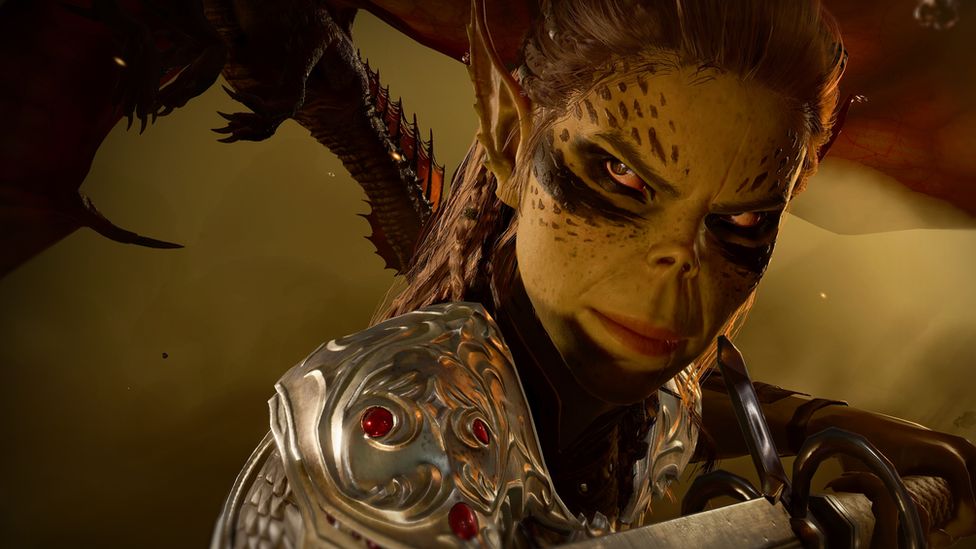
Alan Wake Part 2
At its core, Alan Wake 2 is a survival horror game wrapped in a police procedural that integrates live-action elements so seamlessly that I found myself staring at footage of a real actor and marvelling at how good video game graphics have gotten in 2023 more than once.
If you played the first game, the basic premise of the sequel is the same. You use your torch to weaken adversaries before attacking them with more traditional weaponry. However, Alan Wake 2 expands on this notion in a variety of ways.
This time, you play as FBI agent Saga Anderson, who is investigating the disappearance of the Stephen King-esque writer after the events of the last game lock him in a horror narrative of presumably his own creation. When you play as Wake, you may now change the tale itself, altering the fabric of the world around you.
The entire game is an audiovisual joy on PC, where Remedy has gone above and above with support for the most cutting-edge ray-tracing technology. If you have the chance, listen to it with headphones or surround sound speakers – hearing shadows silently mutter Alan’s name as I went by drove shivers up my spine.
Phantom Liberty – Cyberpunk 2077
There were several reasons to explore Cyberpunk 2077 this year. First, the 2.0 update cleaned up the core game to what it probably should have been at launch after three years of upgrades and fixes. Furthermore, CD Projekt Red has been surprisingly aggressive in adding Nvidia’s latest graphics bells and whistles to the game, such as support for path tracing, frame generation, and Ray Reconstruction.
Phantom Liberty, on the other hand, I believed was the greatest of the new additions to the game, giving a substantial side mission replete with new people and locations to explore. Idris Elba steals the show as Solomon Reed, a sleeper spy with shifting allegiances and a tumultuous past. However, overall speed is excellent, and there is a huge variety of mission kinds included inside its runtime.
The expansion is far from short, yet it feels compact and focused in comparison to the original Cyberpunk 2077’s broad ambition. If you’re tempted to return to the neon lights of Night City, Phantom Liberty is an excellent opportunity to sample the finest of what it has to offer.
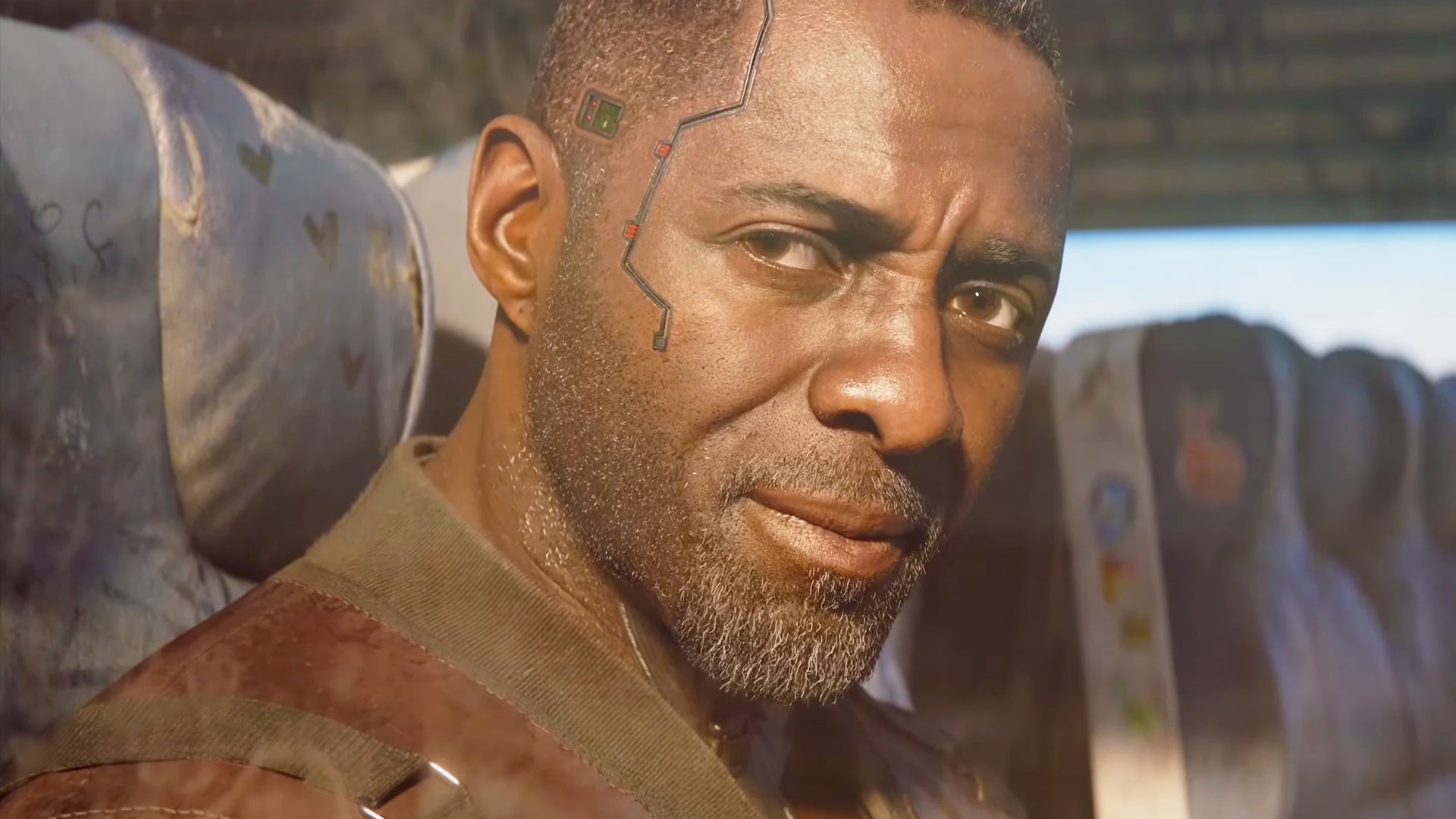
Dave the Diver is a diver
Dave the Diver is such an odd mash-up of genres that it has no business functioning as well as it does.
Fundamentally, it’s a roguelike spearfishing exploration game in which you hunt fish and look for valuables underwater. That’s a lot of fun in and of itself, but there’s another layer to the game where you employ your treasures at a sushi restaurant, which adds a Diner Dash-style time management experience on top of the roguelike.
The resultant loop is immensely enjoyable to explore, thanks to the game’s attractive graphic style and character designs.
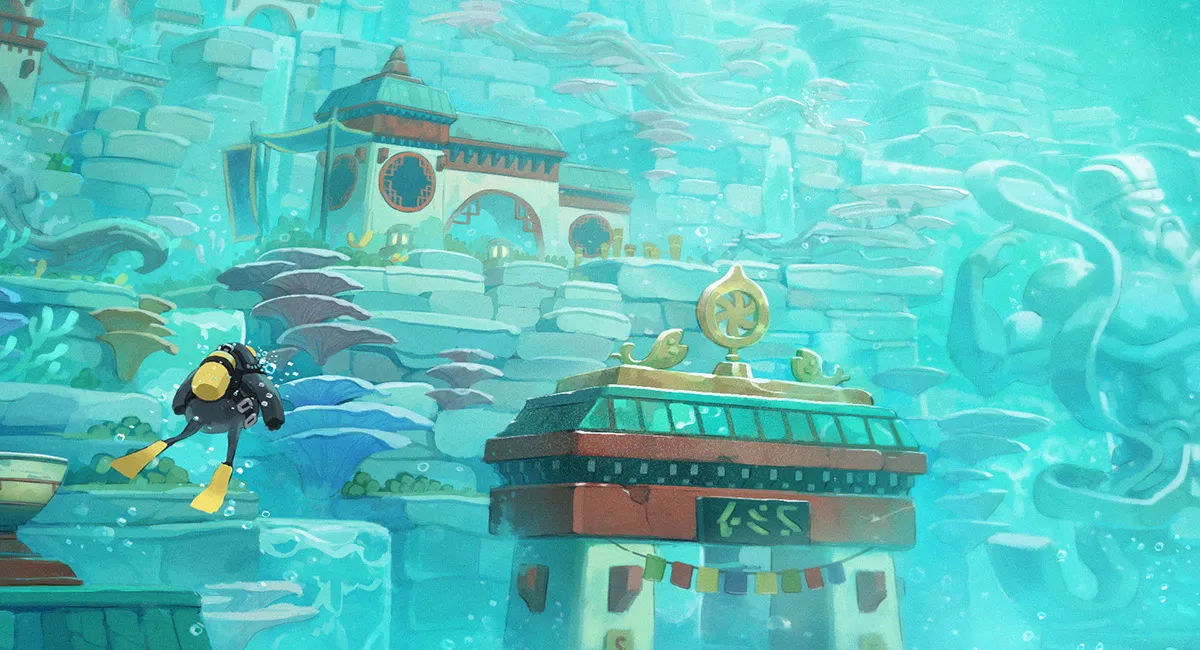
Chants of Sennaar
When it comes to language and culture, it’s similar to debating whether the chicken or the egg came first. The two are inextricably linked: the manner we speak greatly influences the topics we can discuss or comprehend. As such, translation involves more than simply being able to match words 1:1 between two languages; it is also about making cultural links and understanding how and why individuals speaking different languages succeed or fail to communicate with one another.
That is the central idea of Chants of Sennaar. You go through a tower, meeting the various peoples that call it home, learning their languages, and gaining a grasp of what makes their culture tick. Of course, it appears to be inspired by previous games, and how could it not be? Individual portions have elements from Heaven’s Vault, Tunic, the Myst series, Journey, and a half-dozen other games.
To be sure, not all of those parts function flawlessly on their own; for example, I could have done without certain lengthy stealth passages and one really frustratingly concealed entrance. And yet, when you put them all together, they create something entirely new and wonderful — which, to be honest, is similar to how language works. We have a finite quantity of letters and words at our disposal, but we can create countless new language and communication combinations. And, as Chants of Sennaar will remind you, communication is at the heart of everything.
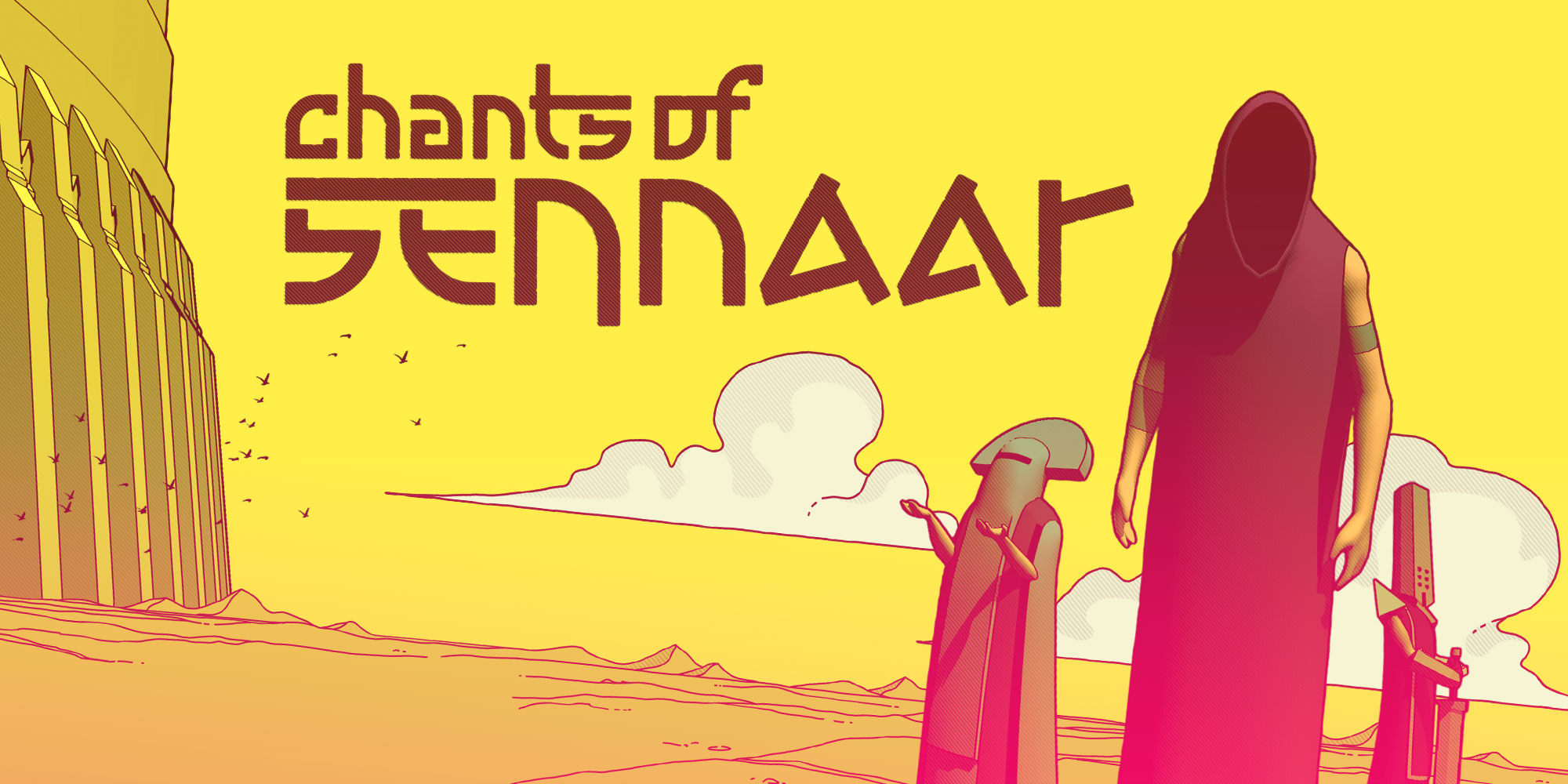
Viewfinder
I’m irritated that people aren’t always talking about Viewfinder. One of the finest short-form gaming experiences I’ve had all year was the psychedelic, forced-perspective puzzle game.
When I viewed a sample on X, I felt my mind goo-ify and ooze from my ears, and I instantly subscribed to the game’s X account (back in the glorious days of when it was still Twitter) to be alerted when Viewfinder will be released in full – something I have never done before or since. The game is based on a simple yet soon mind-blowing premise: snap a shot with a polaroid camera, hold it up, and the landscape behind it will change to fit its contents.
That simple notion becomes progressively intricate but never cumbersome throughout the game. Sometimes the exit is at an impossible angle, necessitating the careful placement of an image to provide an escape path. You may replicate resources by making copies of images. Certain real-world items are impervious to the effects of an imposed image. Other items will shatter when an image is overlay, either impeding progress by destroying vital machinery or allowing you to access walled-off locations.
Viewfinder is similar to Portal in that the rising complexity of the puzzles is complemented by an overarching story that makes the environment more complex than it appears.
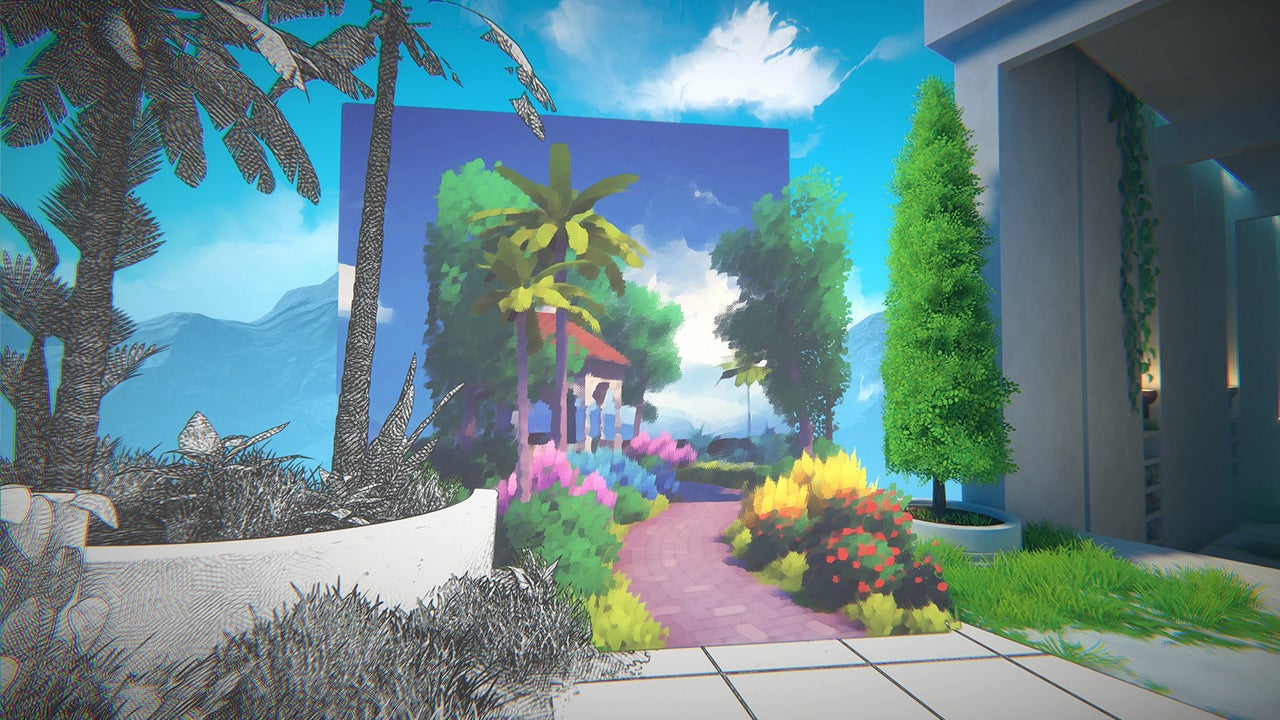
Slay the Princess
Princesses are the ultimate reward, the ultimate item to attain and covet in all of video game history. But in this game from the creators of Scarlet Hollow, you’ll be confronted with an alluring twist: murder the princess and don’t save her unless you want to risk the end of the world. And, while this game claims to break one of video games’ most holy rules, nothing will prepare you for what you’ll really face.
Slay the Princess is a type of visual novel in which the action is in making decisions, experiencing the results, and figuring out all the numerous pathways you might take. And there are several options. They appear to unwind indefinitely, and even when you believe you’re on a similar path, the game surprises you by providing fresh options and events to observe. That’s what I liked best: uncovering all the small variances and solving the mystery at the centre of the game. What is your name? What are you doing? And why is the voice in your brain so determined to kill this princess?
It’s a quick game. I finished one full playthrough in roughly three hours. Because there are so many options, each with its own effect, I anticipate that, like Nier Automata, it will take a few credits to truly appreciate what this game is. Fortunately, the storyline, graphics, sound design, and, most significantly, voice acting make each new adventure fresh and fascinating.

Shock to the System
The System Shock remake is a stunning, long-awaited triumph. It’s a faithful but eccentric remake of a nearly 30-year-old survival horror classic, recreating the sense of being trapped in a maze supervised by a not-quite-omnipotent god-machine. Whether you’ve played the original or not, the outcome is a strange and winning shooter that’s well worth the irritating early stages.
The narrative of System Shock is straightforward: you’re aboard a space station where a psychotic entity (in this case, the artificial intelligence SHODAN) has gone mad. Terri Brosius, the original SHODAN voice actor, returns in the remake to tease you around Citadel Station. It keeps the original’s complicated level design and odd weaponry — you’ll find yourself fighting your way from lift to lift with everything from a lead pipe and handgun to a laser sword and slow-motion drugs.
However, it redesigns the vexing ’90s keyboard controls and uses modern visuals to give Citadel Station a beautiful, ghostly glow that’s neither totally contemporary nor lo-fi old. And, because a planned console launch has been postponed, it is now only available on PC.
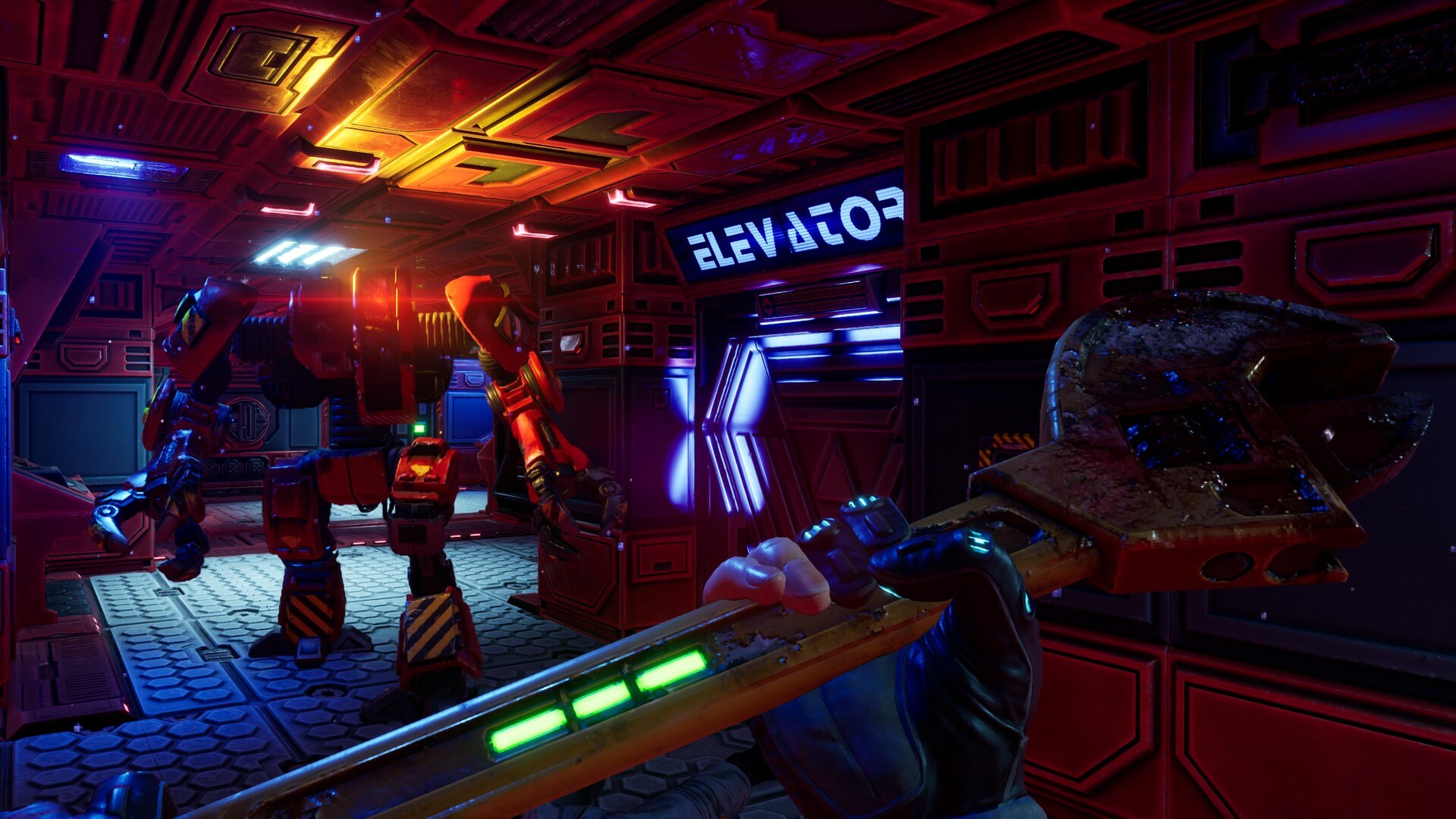
World of Horror
The most apparent appeal of World of Horror is its monochromatic graphic style, which was influenced by manga master Junji Ito. The roleplaying game incorporates several Ito themes as well as other Japanese urban legends, placing you in the shoes of a young person whose little village has gone insane due to a mysterious power. But its greatest achievement is a deft blend of intriguing worldbuilding and semi-random gameplay features.
It may draw you back into the same set of brief mysteries in the hopes of uncovering fresh endings, characters, and techniques, gradually expanding out its eerie environment while providing a genuine sense of accomplishment.
World of Horror’s small production team released it in early access more than three years ago, but the game’s most recent final version offers much more features and encounters than the initial 2020 iteration. While it’s available on PlayStation 4 and Nintendo Switch, its point-and-click interface feels more suited to desktops — and, unlike other of the titles on our list, it won’t tax your graphics card.
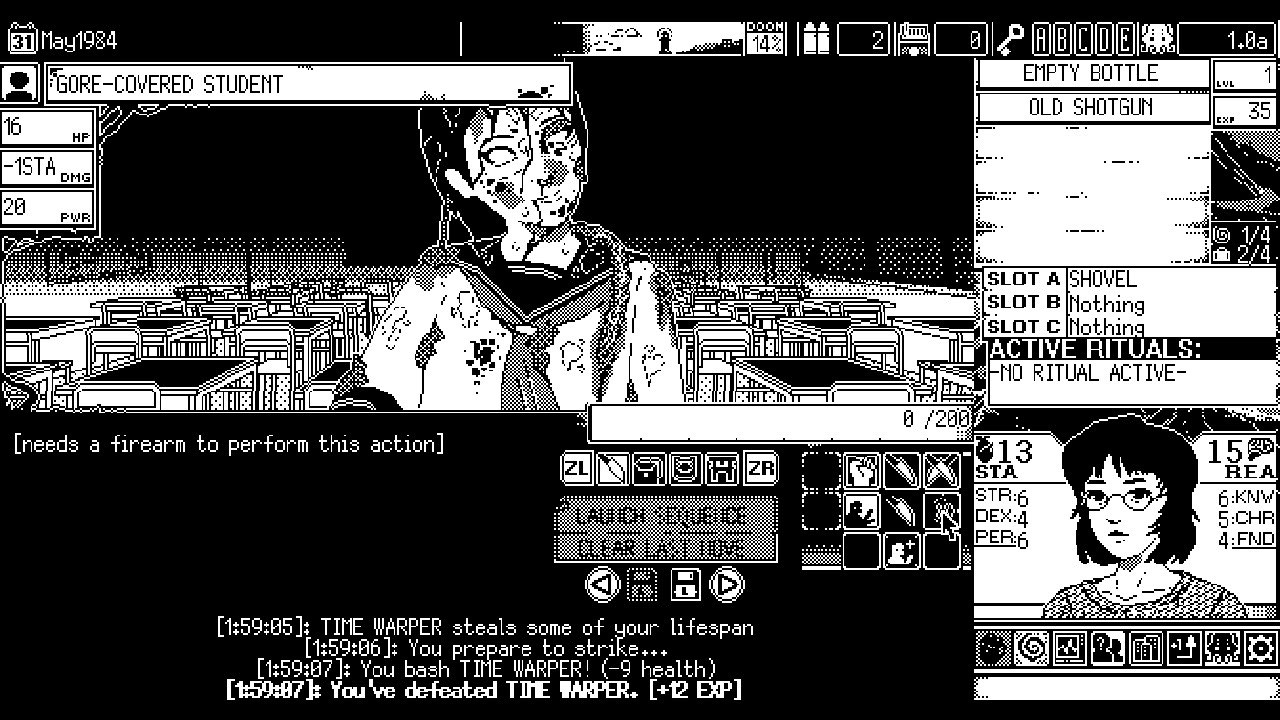
Cocoon
Cocoon, the latest puzzle game from ex-Limbo and Inside director Jeppe Carlsen, has made me feel as clever as I haven’t felt since Portal 2. You play as an unknown… bug… creature, navigating isometric worlds with a control scheme that is almost completely comprised of a single button and analogue stick.
The game’s greatest strength is how it progressively discloses the laws of its universe and teaches you how to interact with its more complicated levels of intricacy. Its simplicity is superb. Many of the puzzles in the game focus around a sequence of spheres that not only endow you with different abilities as you move them around, but also contain complete new levels. It doesn’t take long before you’re taking orbs inside other orbs, nesting their powers in ever-new and inventive combinations.
It seems inscrutable, but the game is so methodical in how it distributes these powers that they instantly click when you face them. You have all the thrill of completing a purportedly difficult puzzle game, but almost none of the aggravation.
